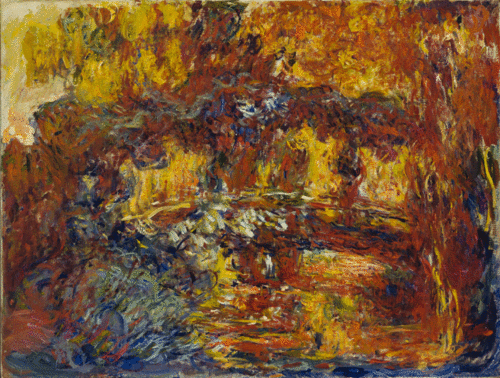
Paddock Arts
- Mr. Zielinski-
-Visual Arts and Drama-
I'stuart paddock art palatine school musicals", "art drama palatine school play"stuart paddock art palatine school musicals", "art drama palatine school play"stuart paddock art palatine school musicals", "art drama palatine school play"stuart paddock art palatine school musicals", "art drama palatine school play"stuart paddock art palatine school musicals", "art drama palatine school play"


Monet - Value, Forground, middle ground, back ground.
In this project we studied Monet’s Water Lily Series. Monet’s water Lilies came in the latter half of his painting career. As Monet got older his attention was more focused on the celebrated water-garden he created at Giverny, which served as the theme for the series of paintings on Water-lilies that began in 1899 and grew to dominate his work completely (in 1914 he had a special studio built in the grounds of his house so he could work on the huge canvases). In his final years failing eyesight troubled him, but he painted until the end. He was enormously prolific and his Water Lily paintings are one of the most sought after works of his career.
As a class we looked at Monet’s Water Lilies series and compare the compositions and points of view that he chooses. We also observed the color choices that he made to show reflections, water, effects of light, and shadows. Next the students learned how to use painting techniques of watercolors and how they differed from tempera. The students needed to think about their point of view when painting in the reflections by the shoreline and in adding the lily pads.
Monet, Claude (b. Nov. 14, 1840, Paris, Fr.--d. Dec. 5, 1926, Giverny)
French painter, initiator, leader, and unswerving advocate of the Impressionist style. He is regarded as the father of impressionism. style of painting all their own. Impressionists wanted to capture a moment in time. Critics said that their work was merely "impressions" of reality and the name stuck. The Impressionists wanted to capture a moment in time. They were more concerned with the light and color of the moment than with the details of objects they were painting. They often painted outdoors and worked quickly to capture the light before it changed. They used rapid brush strokes and often used unmixed color to save time. They used unusual visual angles and common everyday subjects.
 |
|---|
 |
 |
 |
 |
 |
 |
 |


